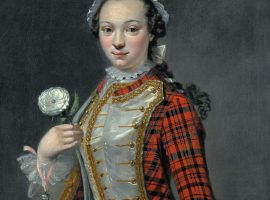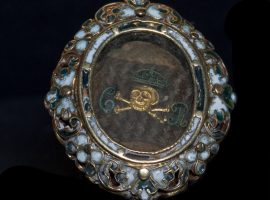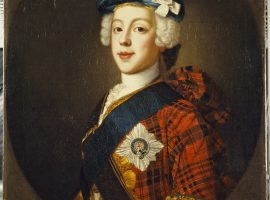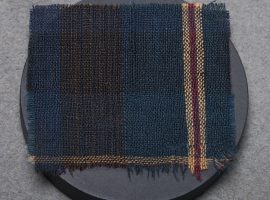Jacobites
Viscount and Anne Fairfax remained loyal to the Catholic faith during a period of religious and political turmoil. Supporters of the Catholic King James II and his descendants fought a bloody campaign to return a Stuart king to the throne which fostered a climate of suspicion of Catholicism and its adherents in Britain. Delve into these articles to learn more about the Jacobite cause and its eventual defeat.
Commemorating Culloden: bloody victory, bitter defeat
The Battle of Culloden became an iconic event for the defeated Jacobites and victorious Hanoverians alike. The brutal aspects of the battle and the cruelty of its aftermath were obscured through selective representation and idealisation.

Petticoat patronage
While women could not vote or hold office, they were not legally excluded from all forms of political activity. Women who stepped beyond the bounds of propriety in pursuing political causes faced strong social disapproval.

Symbols of Divine Right
The Stuart claim to the throne was underpinned by belief in the Divine Right of Kings and their appointment by God. Usurpation could thus be held to go against the will of God – a creed strongly held by Jacobite supporters.

The king over the water
Raising a glass in a toast has long been an important social ritual. For Jacobites, gathering in secrecy to honour the exiled Stuarts, the toast possessed a special significance.

Questions of allegiance
The Jacobite rebellions cut through all levels of British eighteenth-century society, but the divisions and lines of allegiance were by no means always clear-cut.

Tartan: pattern of resistance
In the aftermath of the Battle of Culloden, the British Government banned the wearing of tartan, a potent expression of Scottish Highland identity that conveyed a powerful sense of clan loyalty, allegiance to the Stuart royal line and commitment to the Jacobite cause.




